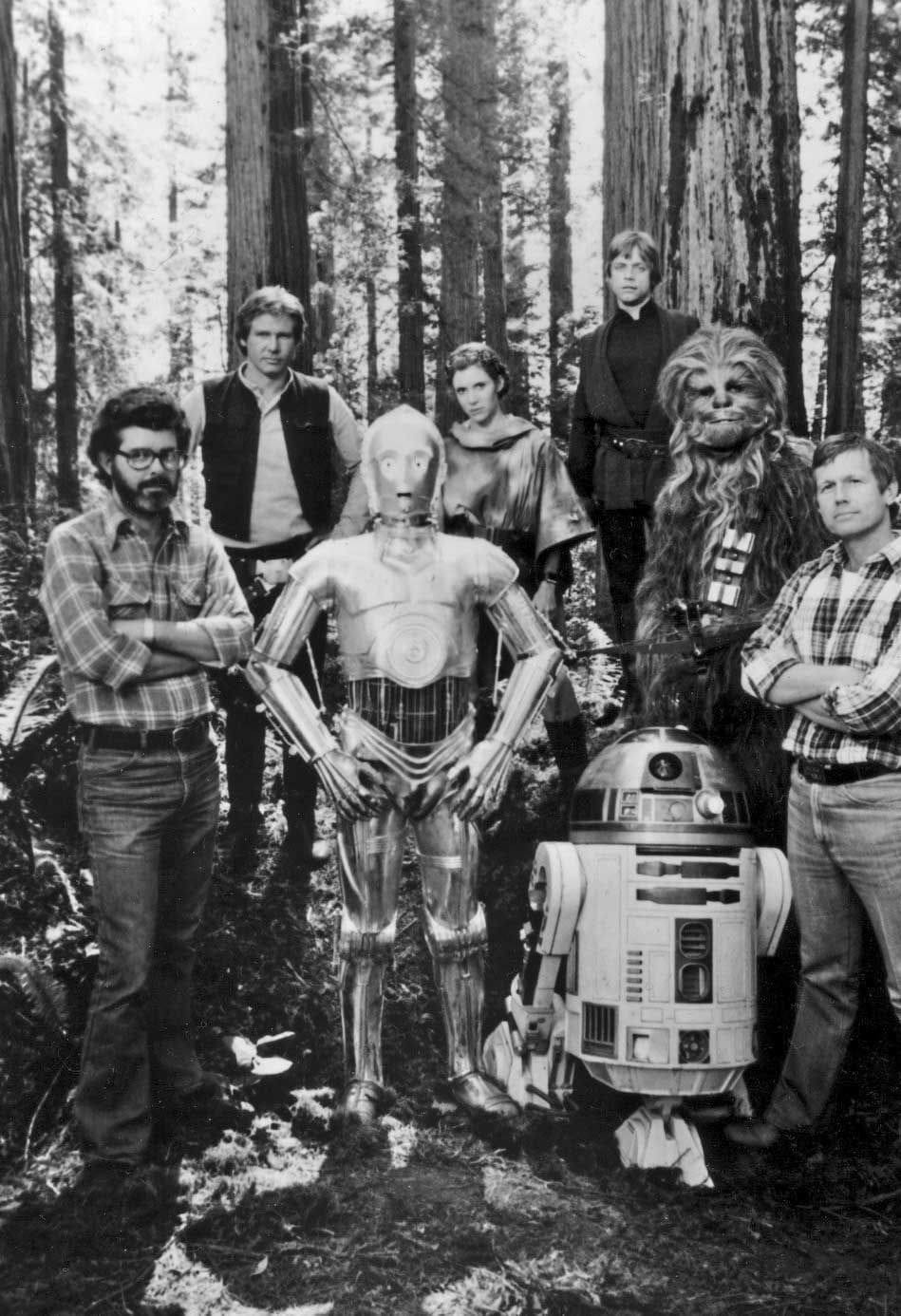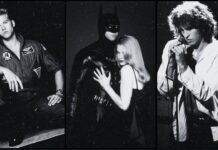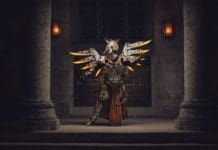In a galaxy not so far away, a cinematic masterpiece was born. On May 25, 1983, “Star Wars: Return of the Jedi” graced the silver screen, captivating audiences around the world. As we celebrate its 40th anniversary, it’s the perfect time to reflect on the enduring legacy of this iconic film and its impact on the world of cinema and popular culture.
Directed by Richard Marquand and produced by George Lucas, “Return of the Jedi” marked the epic conclusion to the original Star Wars trilogy. Picking up where its predecessor, “The Empire Strikes Back,” left off, the film continued the timeless battle between the Rebel Alliance and the tyrannical Galactic Empire.
One of the most notable aspects of “Return of the Jedi” was the introduction of a new, forested planet named Endor. It provided the backdrop for the climactic Battle of Endor, a monumental clash between the Rebel forces, led by Luke Skywalker, Princess Leia Organa, and Han Solo, and the Imperial army, led by the sinister Emperor Palpatine and his apprentice, Darth Vader.
This epic confrontation not only showcased the technical mastery of the film’s special effects team but also highlighted the emotional depth of the characters. Luke Skywalker’s journey to confront his father, Darth Vader, and bring him back from the dark side of the Force remains one of the most poignant moments in cinematic history.
The film also introduced audiences to a host of unforgettable new characters. From the lovable Ewoks, the teddy bear-like creatures who aided the Rebels in their battle, to the sleek and mysterious bounty hunter, Boba Fett, “Return of the Jedi” expanded the Star Wars universe and left an indelible mark on pop culture.

One of the most memorable scenes in “Return of the Jedi” was the rescue of Han Solo from the clutches of the vile gangster, Jabba the Hutt. This sequence showcased the film’s creative and imaginative world-building, as well as its commitment to thrilling action and adventure.
“Return of the Jedi” also featured breathtaking space battles, including the destruction of the second Death Star. These sequences were a testament to the incredible visual effects work of Industrial Light & Magic, solidifying the film’s place in cinematic history.
Beyond its technical achievements, “Return of the Jedi” resonated with audiences on a deeper level. The themes of redemption, family, and the power of good versus evil struck a chord with viewers of all ages. The film’s success and enduring popularity helped solidify Star Wars as a cultural phenomenon and a beloved franchise that continues to captivate fans four decades later.
Over the years, “Return of the Jedi” has become a touchstone for filmmakers and storytellers alike, inspiring countless artists to push the boundaries of their craft. Its influence can be seen in the subsequent Star Wars films, as well as in the broader landscape of science fiction and fantasy cinema.
As we celebrate the 40th anniversary of “Star Wars: Return of the Jedi,” we honor its place in film history. The movie’s compelling characters, breathtaking visuals, and timeless themes have left an indelible mark on popular culture. It remains a testament to the power of storytelling and the enduring appeal of a galaxy far, far away. May the Force be with us as we continue to explore and cherish this iconic film for generations to come.
he/him • aapi • intj • geek • photographer • journalist • podcaster • martial artist • foodie • dj • cinephile • gamer • traveler






























